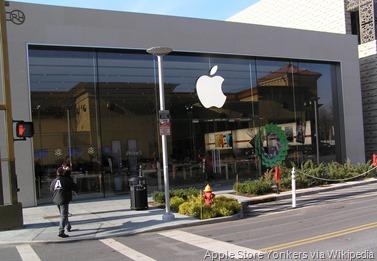
X: The Experience When Business Meets Design
User-Centered Design (UCD)
- Apply multidisciplinary skills and perspectives. The total experience design begins with a common vision, but then must cross the borders between product, packaging, marketing, customer support, and many other disciplines. Human-experience design always supplements technology-driven design, and environmentally sustainable design.
- Explicitly integrate customers, tasks, and environments. Designers must factor in people behaviors, context, preferences, as well as customer goals and aspirations. The objective is to build a sustainable relationship between the product and customer. This requires people on your team who have real-world experience, as well as design training.
- Insist on customer engagement and user-centered evaluation. With the advent of interactive social media, as well as high-bandwidth video tools, there is no excuse for not involving real customers, and prospects who fit the desired demographic. With these, you apply common tools, such as field research, user groups, questionnaires and interviews.
- Include the total user experience from shopping to support. Experience using the product is only one stage. Others include the marketing awareness and education stage, online and in-store shopping stage, setup stage, support, and upgrade considerations. While there are many models for the design process, every stage should be included.
- Keep users engaged throughout design and development. Don’t assume that early input is adequate. In today’s fast paced market, trends and user needs evolve. Results show that when users are engaged throughout the development process, a number of key system requirements are identified that would otherwise be entirely missed.
- Make user-centered design processes iterative. Early testing of conceptual models and design ideas often suggests a complete overhaul and rethinking of the design. In all cases, designs can be refined and improved by iteration. Full customer experience use cases are key because they help identify interactions between stages of design work.

